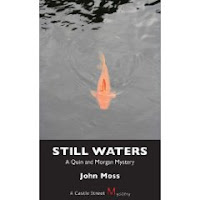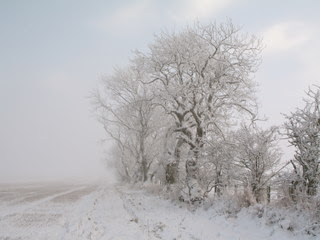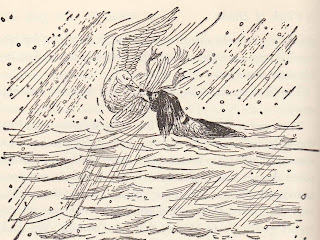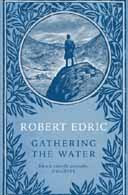Posts
Showing posts from 2009
After the Armistice Ball by Catriona McPherson
- Get link
- X
- Other Apps
A Tale Etched in Blood and Hard Black Pencil by Christopher Brookmyre
- Get link
- X
- Other Apps
The Cat Who Had Sixty Whiskers and not much else to recommend him
- Get link
- X
- Other Apps





















